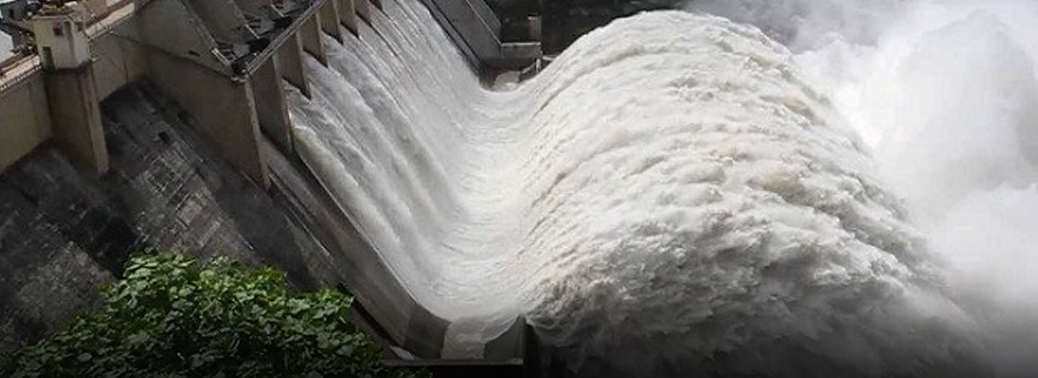DAM SAFETY
18, Jul 2019

Prelims level : Polity & Governance- P3 Parliament
Mains level : GS- II Functions and responsibilities of the Union and the States, issues and challenges pertaining to the federal structure, devolution of powers and finances up to local levels and challenges therein.
Context:
- The Centre to reintroduce the Dam Safety Bill, 2019 in Parliament.
Basic framework based on 2018 Bill: What is Bill about:
- The Bill provides for the surveillance, inspection, operation, and maintenance of specified dams across the country. The Bill also provides for the institutional mechanism to ensure the safety of such dams.
Applicability of the Bill:
- The Bill applies to all specified dams in the country.
- These are dams with:
- 1. Height more than 15 metres, or
- 2. Height between 10 metres to 15 metres and subject to certain additional design and structural conditions.
National Committee on Dam Safety:
- The Bill provides for the constitution of a National Committee on Dam Safety.
- The Committee will be chaired by the Chairperson, Central Water Commission.
All other members will be nominated by the Central Government, and include:
- 1. Up to 10 representatives of the central government,
- 2. Up to seven representatives of the state governments (by rotation), and
- 3. Up to three dam safety experts.
Functions of the Committee include:
- Formulating policies and regulations regarding dam safety standards and prevention of dam failures, and
- Analysing causes of major dam failures and suggesting changes in dam safety practices.
National Dam Safety Authority:
- The Bill provides for a National Dam Safety Authority.
- The Authority will be headed by an officer not below the rank of an Additional Secretary who will be appointed by the central government.
Functions of the Authority include:
- 1. Implementing the policies formulated by the National Committee on Dam Safety,
- 2. Resolving issues between State Dam Safety Organisations (SDSOs), or between a SDSO and any dam owner in that state,
- 3. Specifying regulations for inspection and investigation of dams, and
- 4. Providing accreditation to agencies working on construction, design, and alteration of dams.
Offences and penalties:
- The Bill lays the onus of the dam safety on the dam owner and provides for penal provisions for willful “commission and omission of certain acts.
Critical Issues:
- It does not ensure transparency and accountability in dam management.
- Karnataka, Kerala, Tamil Nadu and Odisha have opposed the Bill on the grounds that it encroaches upon the sovereignty of States to manage their dams.
- There is no inclusion of compensation to the victims of dam failures or dam incidents, which was a key recommendation of the June 2011 report of the Parliamentary Standing Committee (15th Lok Sabha) on “Dam Safety Bill, 2010”.






